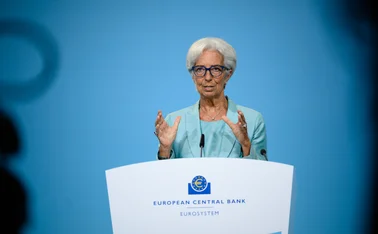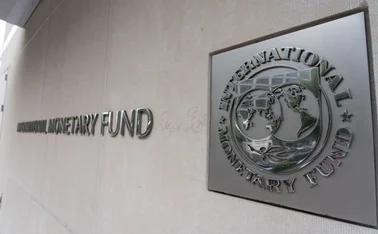

The eurozone’s eastern conundrum
Bulgaria and Croatia expect net positive effect as they move to join euro, while others remain reluctant
The eurozone took a key step towards enlargement in July. At the request of the Bulgarian and Croatian authorities, the lev and the kuna were included in the Exchange Rate Mechanism II, a key prerequisite before joining the euro. Additionally, the European Central Bank established close co-operation with both the Bulgarian National Bank (BNB) and the Croatian National Bank (HNB) in banking supervision. Both countries are set to join the Single Supervisory Mechanism (SSM) on October 1, when the
Only users who have a paid subscription or are part of a corporate subscription are able to print or copy content.
To access these options, along with all other subscription benefits, please contact info@centralbanking.com or view our subscription options here: http://subscriptions.centralbanking.com/subscribe
You are currently unable to print this content. Please contact info@centralbanking.com to find out more.
You are currently unable to copy this content. Please contact info@centralbanking.com to find out more.
Copyright Infopro Digital Limited. All rights reserved.
You may share this content using our article tools. Printing this content is for the sole use of the Authorised User (named subscriber), as outlined in our terms and conditions - https://www.infopro-insight.com/terms-conditions/insight-subscriptions/
If you would like to purchase additional rights please email info@centralbanking.com
Copyright Infopro Digital Limited. All rights reserved.
You may share this content using our article tools. Copying this content is for the sole use of the Authorised User (named subscriber), as outlined in our terms and conditions - https://www.infopro-insight.com/terms-conditions/insight-subscriptions/
If you would like to purchase additional rights please email info@centralbanking.com
Most read
- Artificial intelligence: key questions for financial supervisors
- Risks facing central banks: action and inaction
- Central bank of the year: Central Bank of Brazil








